Affiliate links on Android Authority may earn us a commission. Learn more.
Smartphone audio is important, and here’s what it takes to build the best
Published onJanuary 26, 2021
This probably sounds obvious, but audio quality is a hugely important factor in a premium-tier smartphone. In fact, audio quality is increasingly important for mid-tier phones as well. From placing calls to playing back your favorite songs and streaming video, audio is at the heart of the mobile experience.
While headphones used to be at the heart of the smartphone audio experience, this is mostly a solved problem with regards to hardware. Although moving away from the 3.5mm analog headphone jack over to the USB-C port introduces new problems, there’s a wide range of quality on offer from Bluetooth headphones and wireless audio codecs. Users are increasingly tuning in with their phone speakers for podcasts, videos, and more. According to a survey conducted by Dxomark, the majority of consumers use their smartphone speakers for podcasts, music, and movies at least some of the time.
Good quality audio makes a difference to your day-to-day mobile use but it’s all too often overlooked. Between your phone’s tiny microelectromechanical (MEMS) microphones, mono versus stereo speakers, and audio over USB-C or a headphone jack, there’s a lot to get right and a lot of corners that some manufacturers cut. No two smartphones ever sound quite the same. So, what should audio-focused consumers look out for when eyeing up their next smartphone purchase?
OEMs are investing in better mobile audio
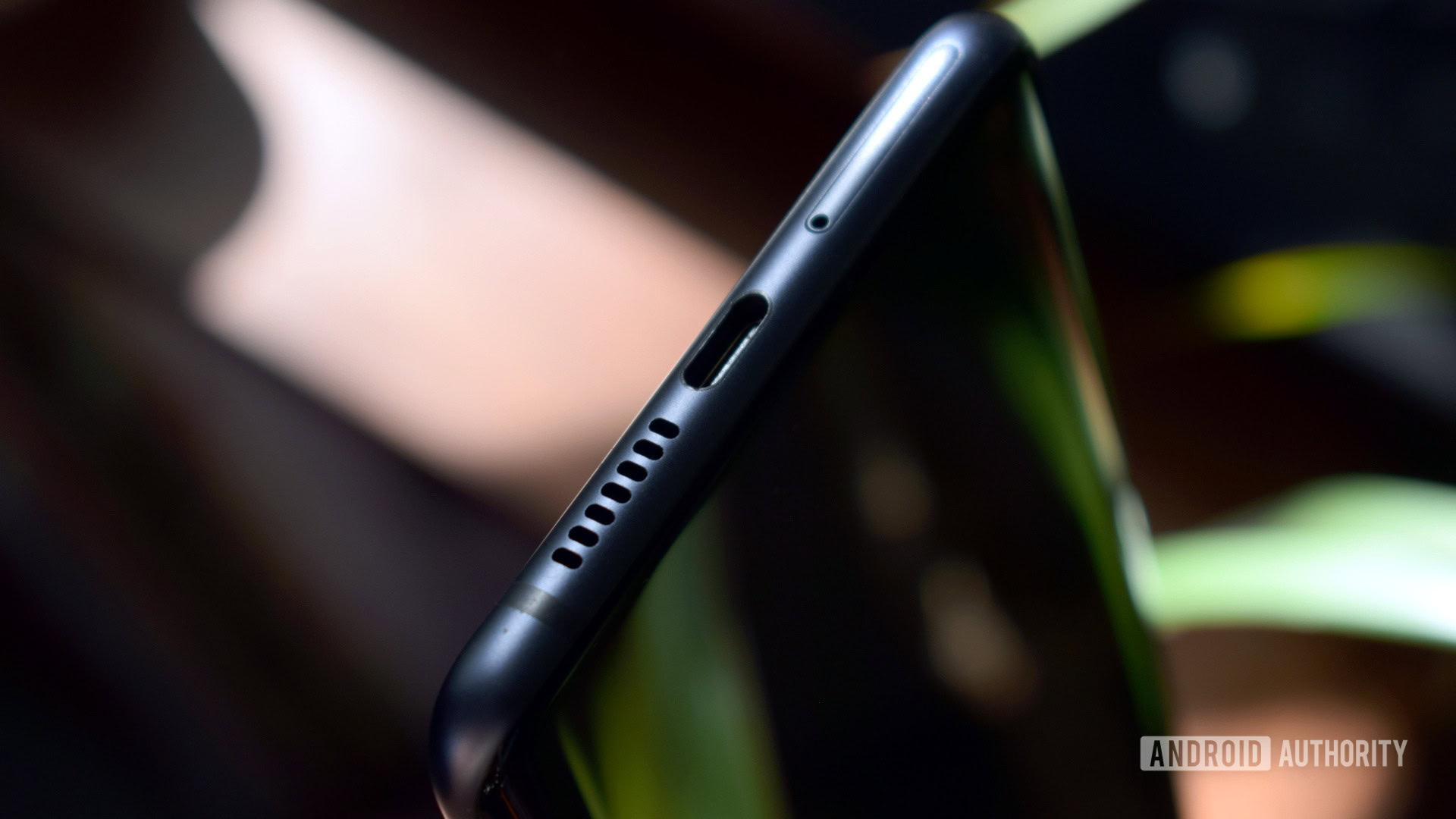
When it comes to speakers, there are a few key things that separate excellent sound from your basic experience. Low distortion, high peak loudness, wide dynamic range with clean bass, and crisp high frequencies for excellent special precision all add up to a top-tier experience. A speaker that sounds as great at high volumes as it does at quieter levels is also a key demand in the high-fidelity audio space.
With all of the above in mind, the audio amplifier chip is a key component in the speaker system inside the smartphone. The amplifier’s job is to power the speaker, moving the speaker driver back and forth to excite the air and produce sound. Any amplifier worth its salt enables the speaker to produce the entire audible frequency range with high fidelity, ensuring that highs are well pronounced and lows are free from distortion in order to maximize the sound’s spatial characteristics and timbre. In addition, as the amplifier pushes the speaker to produce louder and more dynamic sound, it needs to make sure the speakers stay within safe operating conditions. A smart amplifier, therefore, needs robust speaker protection algorithms to go with it.
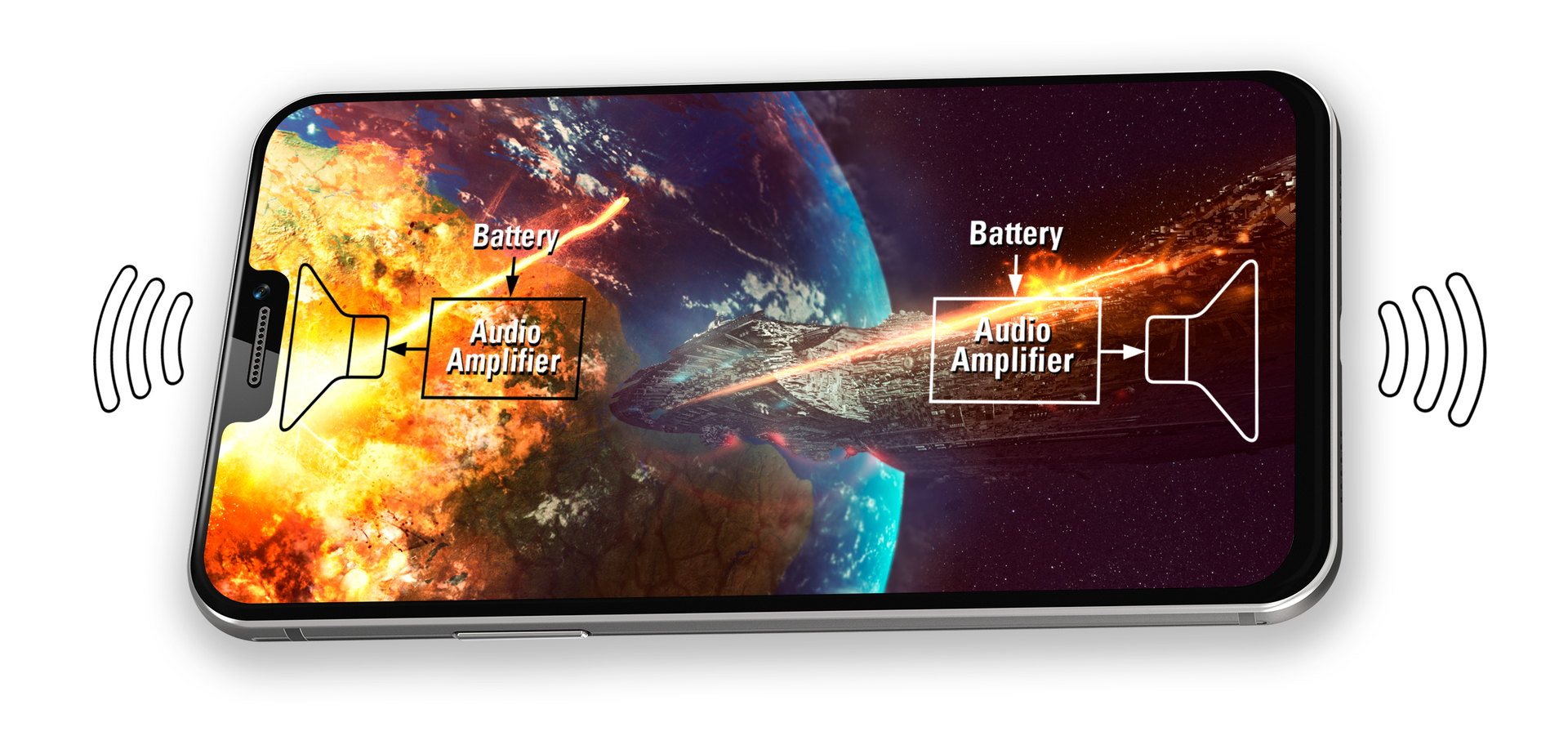
A high-quality amplifier produces superior dynamics, crisp yet powerful bass frequencies, and a clean, transparent sound in all battery conditions.
At the same time, the pursuit of increased loudness and sound quality puts additional strain on a phone’s battery. The amplifier chip needs to provide power without introducing clipping or other distortion artifacts, which often appear at more demanding low frequencies. It also needs to ensure it can provide enough power at all battery charge levels and manage situations where battery capacity may be lacking.
Distortion is often actually a symptom of failure to provide enough power to the speaker. Mismanagement of power intake and delivery, as well as speaker protection algorithms, can result in a “booming” or “pumping” sound where the speaker struggles to reproduce clear audio and muffles overall sound.
A high-quality amplifier, paired with a good speaker of course, produces superior dynamics, crisp yet powerful bass frequencies, and a clean, transparent sound in all battery conditions. That’s everything you want from a high-end smartphone experience.
How an amplifier improves phone audio
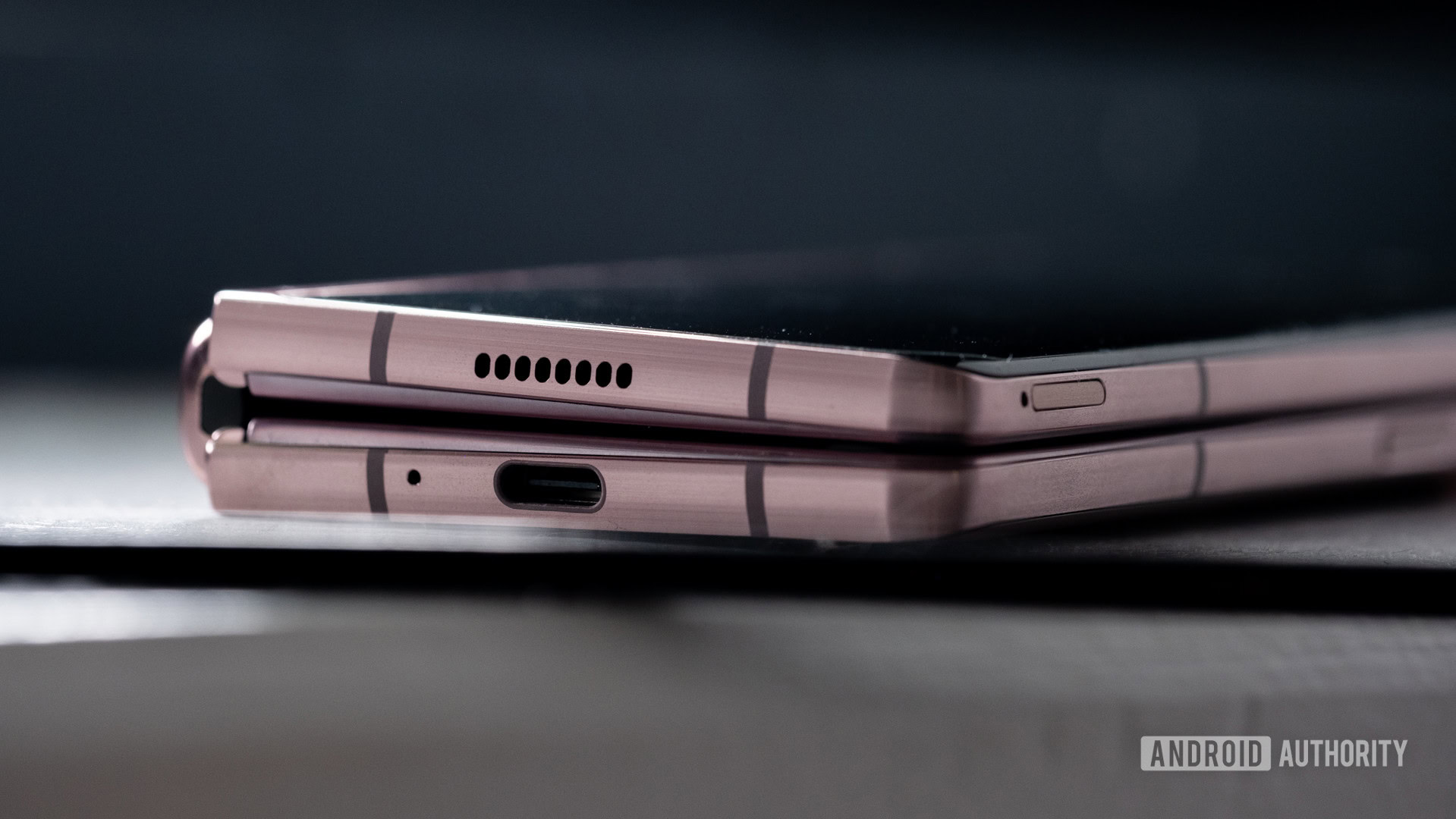
While it is easy to point to the best theoretical audio quality, achieving it in the real world isn’t so straightforward. Here’s how smartphone speaker amplifiers actually work to improve audio quality.
Newer, smarter amplifier classes are a key component. Power amplifiers are split into “classes” based on their transistor and circuit design, each with its own pros and cons for linearity, distortion, and energy efficiency.
Traditional Class A (or push-pull), Class B, and Class AB amplifiers aren’t much good in a smartphone form factor. They’re just not efficient enough for battery-powered devices (with less than 80% power efficiency). As a result, most smartphone amplifiers are Class D, using pulse width modulation to provide high power to the speaker more efficiently. In other words, audio signals are converted to on/off pulses which are filtered into an analog signal at the speaker.
But high-end, high-power amplifiers can do one better in the smartphone form factor. Power envelope tracking (Class H) amplifiers dynamically adjust their power rails to further improve power efficiency, particularly at high listening volumes. At low volumes with small signals, the power rail levels are reduced to save on battery life and wasted heat. The rails are dynamically increased at louder volumes to ensure enough power to drive the speaker and avoid distortion.
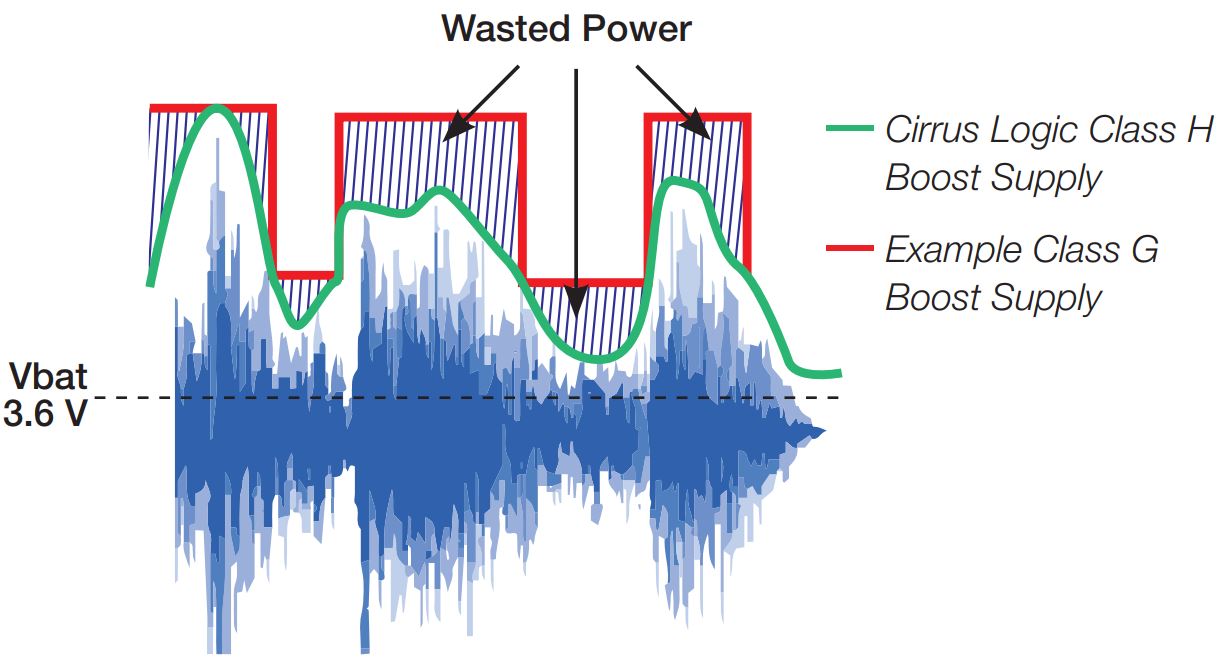
With great power comes great responsibility. Since the audio amplifier has the ability to draw high levels of current from the battery, a state-of-the-art amplifier solution must be “system aware” so it only pulls power when feasible and delivers it to the speaker when required. Likewise, a high-power amplifier should incorporate speaker protection algorithms to ensure operation within the safety limits. When implemented correctly, such an amplifier provides high-quality sound that doesn’t change with the level of battery charge.
Smarter amplifier solutions also make use of built-in digital signal processing (DSP) capabilities to manage battery power and connected speakers. Current and voltage monitoring allow intelligent amplifiers to deliver high-power while keeping speakers safe, reducing distortion, as well as the stress and strain placed on your phone’s battery.
Built-in DSP capabilities are also used to fine-tune the audio system and correct for the drawbacks that always accompany small smartphone micro-speakers. Equalization and psychoacoustic enhancements compensate for the frequency response of small speakers, which often lack bass playback capabilities. Frequency response correction and generating overtones to trick our brains into hearing suppressed fundamental frequencies further improves speaker sound. And these algorithms can often be run on the amplifier IC, bypassing computing time spent using a phone’s processor or built-in DSP.
Where can I find this technology in smartphones?
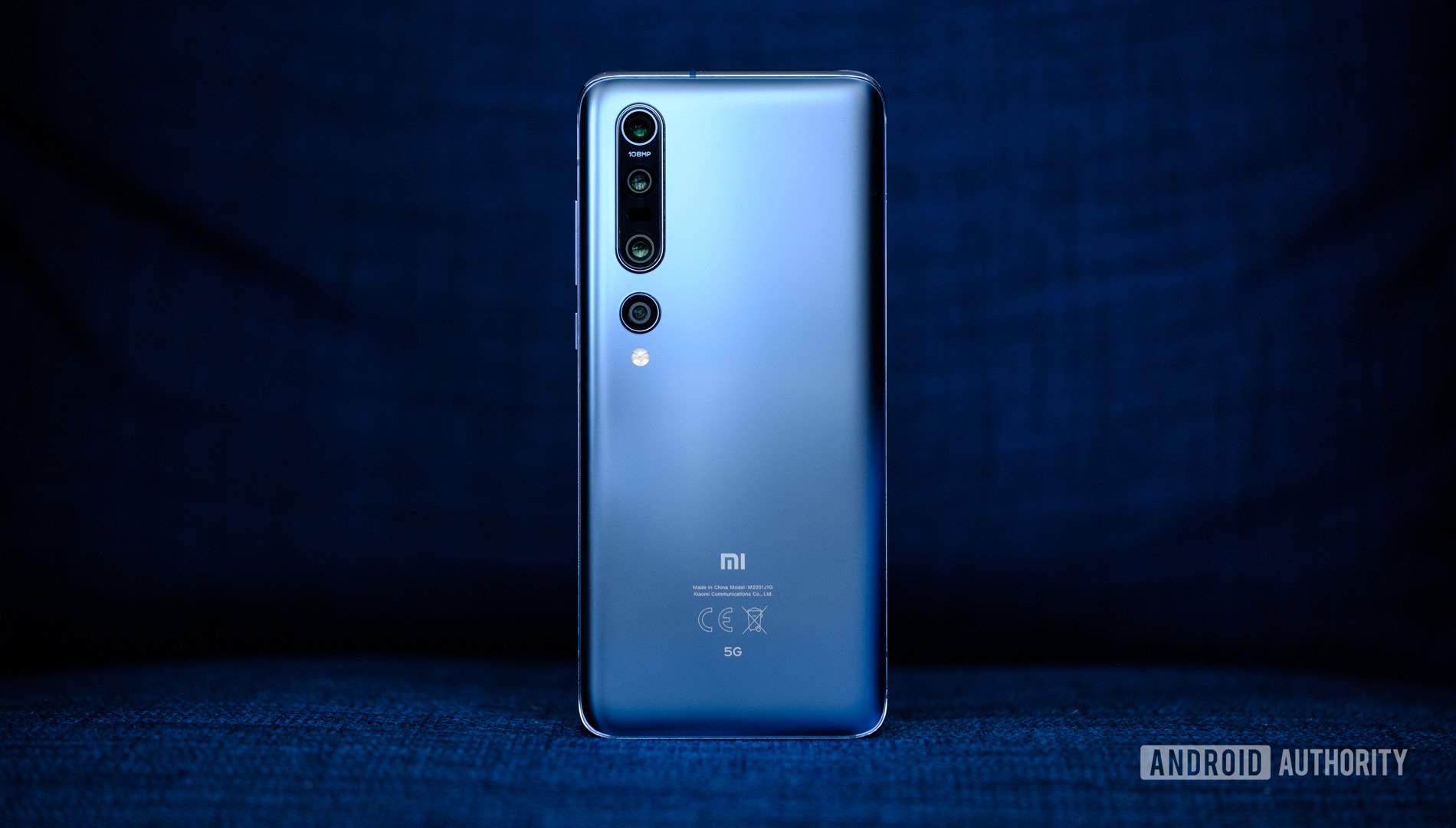
Information about the inner workings of smartphone audio technologies is often hard to come by. While some of the aforementioned features can run on and be found within a smartphone’s main SoC, high-end companies often turn to external amplifiers and audio codecs to provide additional cutting-edge features.
You’ll find many of these speaker quality features on chips like the Cirrus Logic CS35L40 and CS35L41. These Class H amplifiers include battery management, speaker protection, frequency correction, and psychoacoustic processing capabilities mentioned previously. Cirrus Logic amplifier IC solutions are found in a range of high profile smartphones, including the Samsung’s Galaxy S, Note, and Fold flagship series, the HUAWEI P30 Pro, and other HUAWEI phones (pre-US trade ban), to name a few.
Cirrus Logic customers hold top 10 positions in Dxomark’s audio playback rankings, including several phones from market-leading smartphone OEMs.
Dxomark also listed the Xiaomi Mi 10 Pro as one of its best phones for audio playback out of all the 2020 smartphones it tests. The phone’s speaker is powered by the Cirrus Logic CS35L41, and the review noted the phone’s excellent timbre and spatial rendering, along with accurate bass reproduction. Other accolades include high peak maximum volume, intelligible music at low volumes, and natural volume stepping between the maximum and minimum settings.
Other Cirrus Logic customers also hold top 10 positions in Dxomark’s audio playback rankings, including several phones from market-leading smartphone OEMs. Great quality speaker audio isn’t limited to premium-tier products, but you will typically pay a little more for the best technology around.
Audio quality is an often overlooked aspect of modern smartphones, but there are still plenty of improvements to be had if you know where to look. With speakers playing an increasingly important role in our day-to-day experience, a high-end amplifier and speaker pairing can make all the difference to your next smartphone.